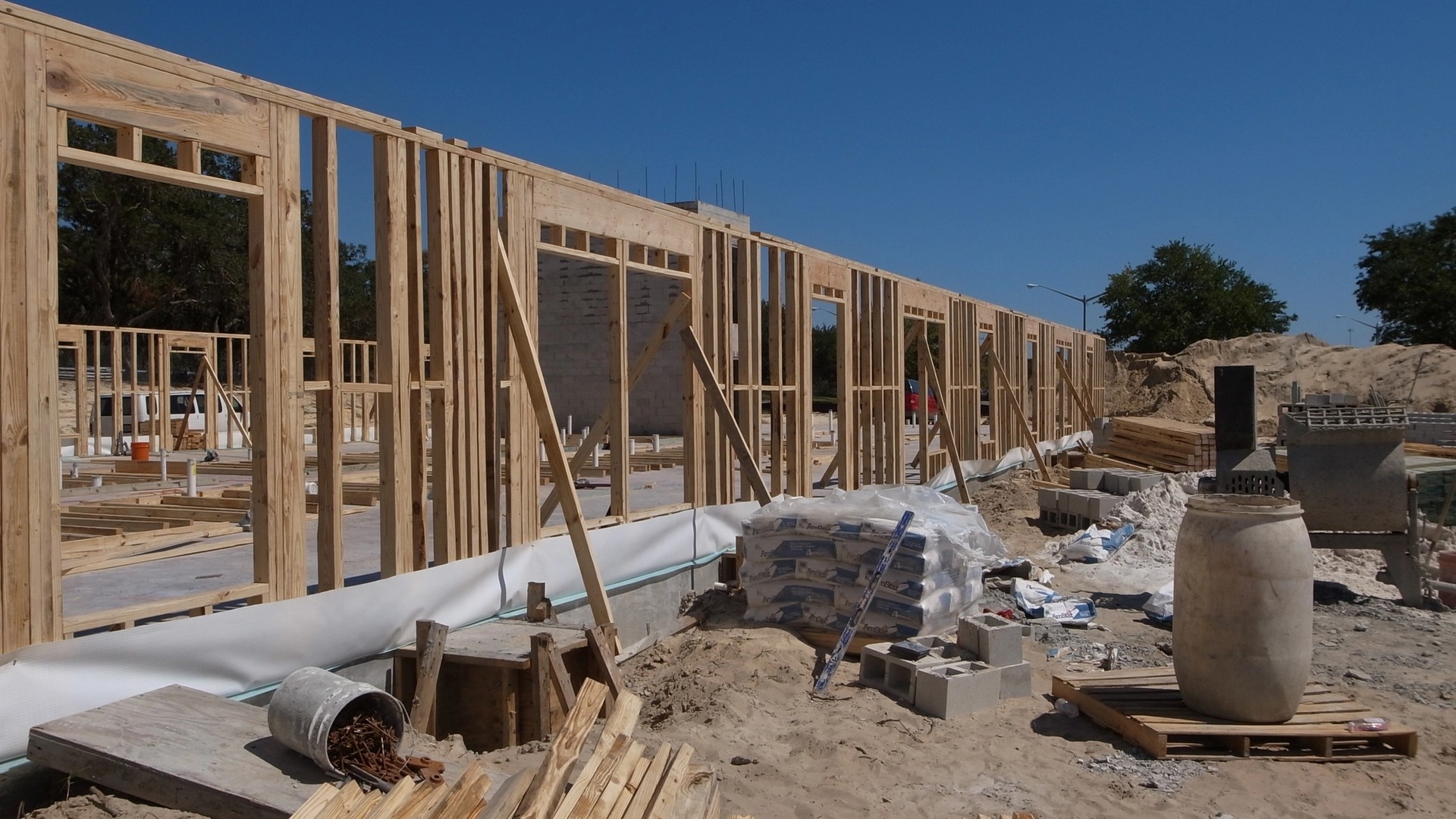
Subcontractor Agreements: 5 Things You Need To Know
·
9 minute read
When you create a subcontractor agreement with an attorney, there will be many things you include that are specific to your business needs. However, some portions are fairly universal and standard inclusions. Here are the top five things you can expect to see in almost every subcontractor agreement.
Need Expert Advice?
Schedule a call with one of our experts or get started on a online quote.
1. Signature & Date
It’s fairly obvious that you need to have both parties' signatures and signing dates, but it is worth mentioning because it is the most important part of the contract. A subcontractor agreement needs to lay out whom the agreement is with, and when the agreement is entered into. You typically include the printed name, business name, title, signature, and date for each party. If you are able to do so, it is a good idea to get the signatures notarized. This isn’t required for the contract to be enforceable, but can help ensure there aren’t any claims of fraud if the contract is brought into a dispute. It is also important that you include the signature page at the END of the contract, rather than the beginning or middle. If you would like to ensure additional protections, you can have both parties initial the bottom of each page as well.
2. Terms And Conditions Of Work
This is an incredibly important area of the document, and almost never includes enough detail. Most issues between contractors and subcontractors are disagreements about what the work duties actually are. The more detail put into the terms and conditions of work, the happier both parties will be because everyone will clearly understand their responsibilities per the contract. For example, instead of merely stating “subcontractor will lay tile,” instead write:
“Subcontractor will lay tile that is chosen by the contractor between the dates of May 12, 2022 and June 16th, 2022. The subcontractor will have 6 work days to lay the tile once the contractor informs the subcontractor that the work is ready for him, and the contractor will provide the subcontractor with a 3 work-day notice of when the work is ready to begin. In exchange, the contractor will pay the subcontractor $XX amount within 10 business days of the subcontractor completing work on the project.”
This example language includes specific details, and prevents arguments about what type of tile is to be used, when the work is to be completed, how much notice the contractor must give the subcontractor, how many days the subcontractor will have to complete the work, when the subcontractor will be paid, and the amount the subcontractor will be paid.
The description of the actual job is not the only thing you need to include in this section, and your attorney can help you include distinct details that will protect your business and ensure all parties are on the same page. Some of these details include the level of inspection necessary to look for defects, as well as what work the subcontractor must avoid altering during the process of their work.
3. Insurance
No matter how experienced you are or how much care you put into your work, you are bound to have some type of defect in a project at some point in your career. The best way to protect against this is insurance, and it is vital you have a section in your contract discussing who is responsible for insurance, and what their insurance does and does not cover. Additionally, you should include the insurance information relating to any and all workers the subcontractor may have, and who is responsible for their legally required workers compensation insurance.
In many instances, the insurance section of a subcontractor agreement states that the contractor must be named as an additional insured on the subcontractor’s insurance policy, and must include a subcontractor waiver of subrogation. This portion of the agreement can be extremely complicated, and we recommend speaking with your commercial insurance advisor and your lawyer to ensure it is handled properly.
You will also include the minimum acceptable limits for the subcontractors commercial general liability policy. A commercial general liability policy covers any bodily injury or property damage the business does to an individual other than themselves or their workers. The insurance section will also include any required umbrella policies or automobile policies that the subcontractor must obtain before proceeding with work on the project.
4. Safety
This portion of the contract places the safety of the subcontractor’s employees squarely within the purview of the subcontractor. This means that the subcontractor alone would be responsible if their employees were placed in an unsafe work environment or provided unsafe tools. This helps protect the contractor from any laws or regulations the subcontractor may break in regard to safety. This section of the contract is a good place for the contractor to state, in writing, that they expect and require the subcontractor to comply with all local, state, and federal rules and regulations regarding safety and employee labor.
This is also an area to discuss permits. Many construction jobs require specialized licenses or permits. It is a good idea to include a statement such as: “Subcontractor will apply to obtain all necessary permits at their own cost and expense, and will conform strictly to laws and ordinances enforced in the locality where their work must be performed.”
5. Indemnity
This section is extremely important to include, and very difficult to understand. In essence, it is used to state that the subcontractor is the exclusive individual responsible for any problems that arise out of their work, and it acts as a hold harmless for the contractor. Below we have included an example of the first part of the identity section of a subcontractor agreement:
“The work performed by subcontractor shall be at its exclusive risk. To the fullest extent permitted by law, subcontractor will defend, indemnify, and hold harmless all indemnified parties from any and all claims for bodily injury and property damage (other than damage to the work itself), including the loss of use of property resulting therefrom, which arise or are in any way connected with the work performed, materials furnished, or services provided by subcontractor, subcontractor’s subcontractors or anyone employed directly or indirectly by any of them under this agreement.Indemnified parties include the contractor, owner (if different from contractor), affiliated companies, partners, joint ventures, representatives, members, designees, officers, directors, shareholders, employees, agents, successors, and their assigns.Claims include any and all claims for bodily injury, death or damage to property, demands, damages, actions, causes of action, suits, losses, judgments, obligations and any liabilities, costs and expenses (including but not limited to investigative and repair costs, attorneys’ fees and consultants’ fees)."
Within this section, you often include a verification that this extends past the term of the contract, and continues in perpetuity regarding the work performed. This means if a defect with the subcontractor’s work presents itself after the contract has been completed, this clause will still have effect.
The Bottom Line
Subcontractor agreements can be difficult to put together on your own. Between a hold harmless agreement and the detailed insurance requirements, it is easy to overlook something that could be vital. We recommend consulting your commercial insurance provider and a business attorney to put together not only a contract that lays out the details of this policy, but also a complete insurance package that will keep you covered.
If you are about to begin work on a project, and are looking for insurance that complies with a subcontractor agreement, please give us a call. Conversely, if you are a contractor looking to speak with a professional risk advisor who can help you determine what limits you should require of your subcontractor, we are also here to help.
About The Author: Austin Landes, CIC
Austin is an experienced Commercial Risk Advisor specializing in and leading LandesBlosch's design professional, real estate, and construction teams.
